Advantages and Challenges for Businesses
The adoption of cloud solutions has become a strategic choice for many companies looking to optimize their IT infrastructure, improve operational agility, and reduce costs. However, migrating to the cloud is not without challenges. This article explores the key benefits of cloud solutions, the difficulties companies may face, and strategies for effective implementation.
1. The Benefits of Cloud Solutions
Cloud implementation offers numerous advantages, making it an increasingly popular option for businesses of all sizes.
☁ Flexibility and Scalability
Cloud technology allows companies to quickly scale their resources according to operational needs. This means managing workload peaks without investing in additional hardware, improving efficiency, and reducing resource waste.
💰 Reduced IT Costs
With cloud solutions, businesses can eliminate expenses for purchasing, maintaining, and updating hardware. Pay-as-you-go models enable organizations to pay only for the resources they actually use, optimizing IT budgets.
🔄 Accessibility and Collaboration
Cloud platforms allow employees to access company data and applications anytime, anywhere. This enhances remote work, real-time collaboration, and overall productivity.
🔐 Security and Business Continuity
Cloud service providers offer advanced infrastructures with encryption, firewalls, and threat detection systems. Additionally, automatic backups and disaster recovery solutions ensure business continuity in case of failures or cyberattacks.
🚀 Automatic Updates and Innovation
Cloud platforms receive continuous updates, ensuring companies access the latest technologies without manually managing system upgrades.
2. Challenges of Cloud Adoption
Despite the numerous benefits, cloud implementation can present several difficulties that businesses must address with a well-defined strategy.
🔄 Complex Migration Process
Transferring data and applications from on-premise systems to the cloud can be a long and complex process, especially for companies with legacy infrastructures. A gradual transition plan is essential to minimize downtime and ensure system compatibility.
🔐 Security and Compliance
Entrusting sensitive data to external providers raises concerns about security and compliance with regulations such as GDPR. Implementing advanced security measures and choosing certified providers is crucial.
💸 Hidden Costs
Although the cloud reduces traditional IT expenses, inefficient resource management can lead to unexpected costs. Monitoring usage and optimizing configurations is essential to avoid cost overruns.
🔗 Vendor Lock-in
Once a cloud solution is implemented, switching providers or reverting to an on-premise infrastructure can be complex and costly. Businesses should consider multi-cloud or hybrid cloud options to minimize dependence on a single provider.
📶 Network Reliability
Access to cloud services depends on internet connectivity. Network disruptions or latency issues can affect business operations, making it necessary to have a backup plan to ensure continuous operations.
3. Strategies for a Successful Cloud Migration
To overcome cloud implementation challenges, companies need to adopt a strategic approach.
📌 Assessing Business Needs
Before migrating to the cloud, businesses must analyze their needs and identify which applications and services would benefit most from cloud adoption.
🔄 Gradual Migration Strategy
A phased transition, starting with less critical services, allows companies to test cloud infrastructure and adjust the process based on results. Common migration strategies include:
- Lift-and-Shift: Direct transfer of applications without modifications.
- Refactoring: Optimizing applications to fully leverage cloud benefits.
- Rebuilding: Completely redesigning applications for full cloud integration.
🔐 Implementing Security Solutions
To ensure data protection, businesses must adopt advanced encryption, multi-factor authentication, access management, and continuous threat monitoring.
💰 Cost Monitoring and Optimization
Using cloud cost management tools helps analyze resource consumption, optimize configurations, and reduce unnecessary expenses.
🔄 Choosing a Flexible Architecture
Adopting a multi-cloud or hybrid cloud architecture provides greater flexibility and reduces the risk of vendor lock-in.
📚 Training IT Staff
To fully leverage cloud capabilities, it is essential to train IT teams on new technologies and best practices for cloud resource management.
Conclusion
Implementing cloud solutions presents a unique opportunity for businesses to optimize IT management, increase scalability, and improve security. However, to fully benefit from these advantages, companies must address challenges with a well-planned strategy, continuous monitoring, and flexible solutions.
In 2025, cloud computing is no longer just an option but a necessity for businesses that want to remain competitive in an increasingly digital and interconnected market.







